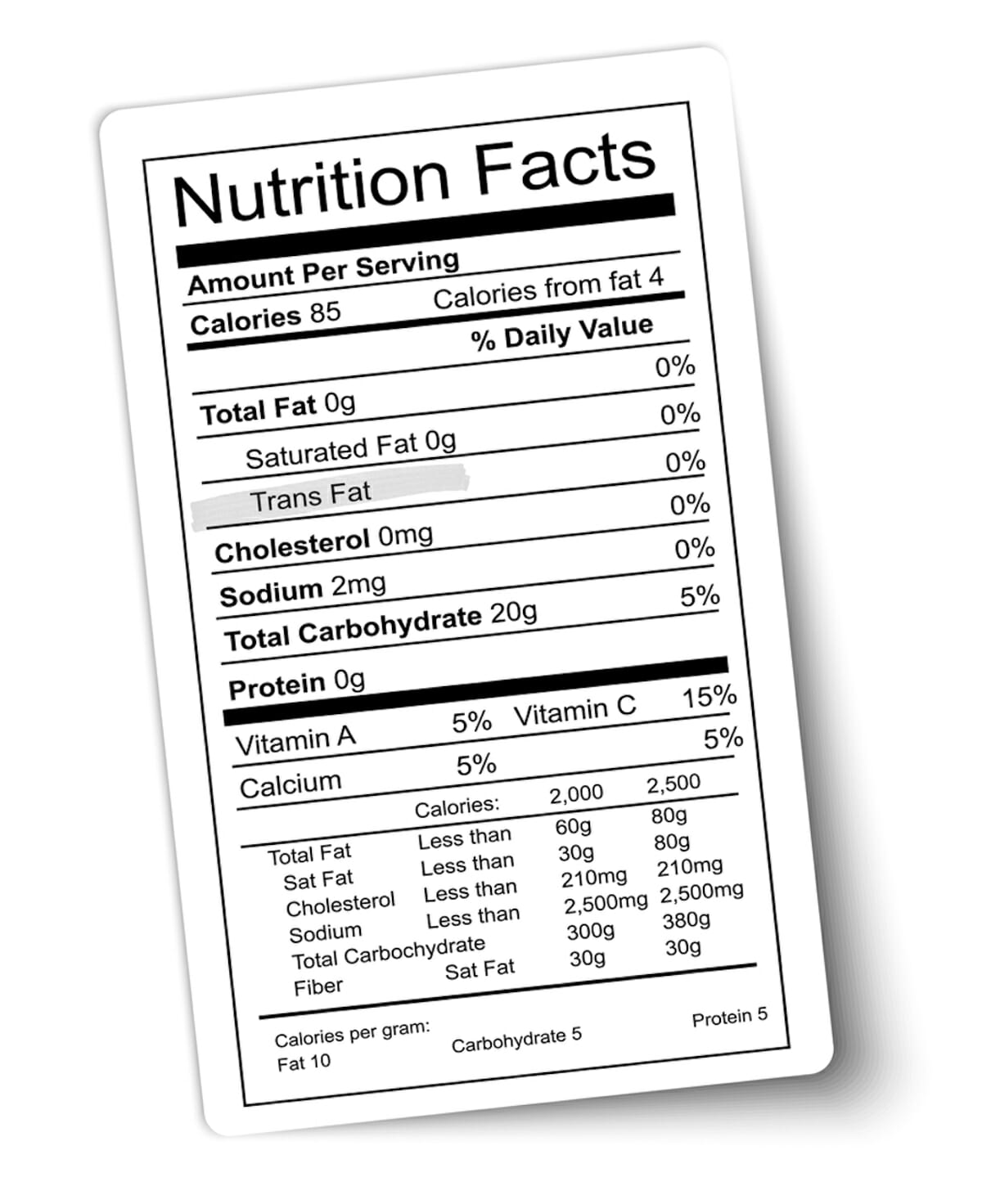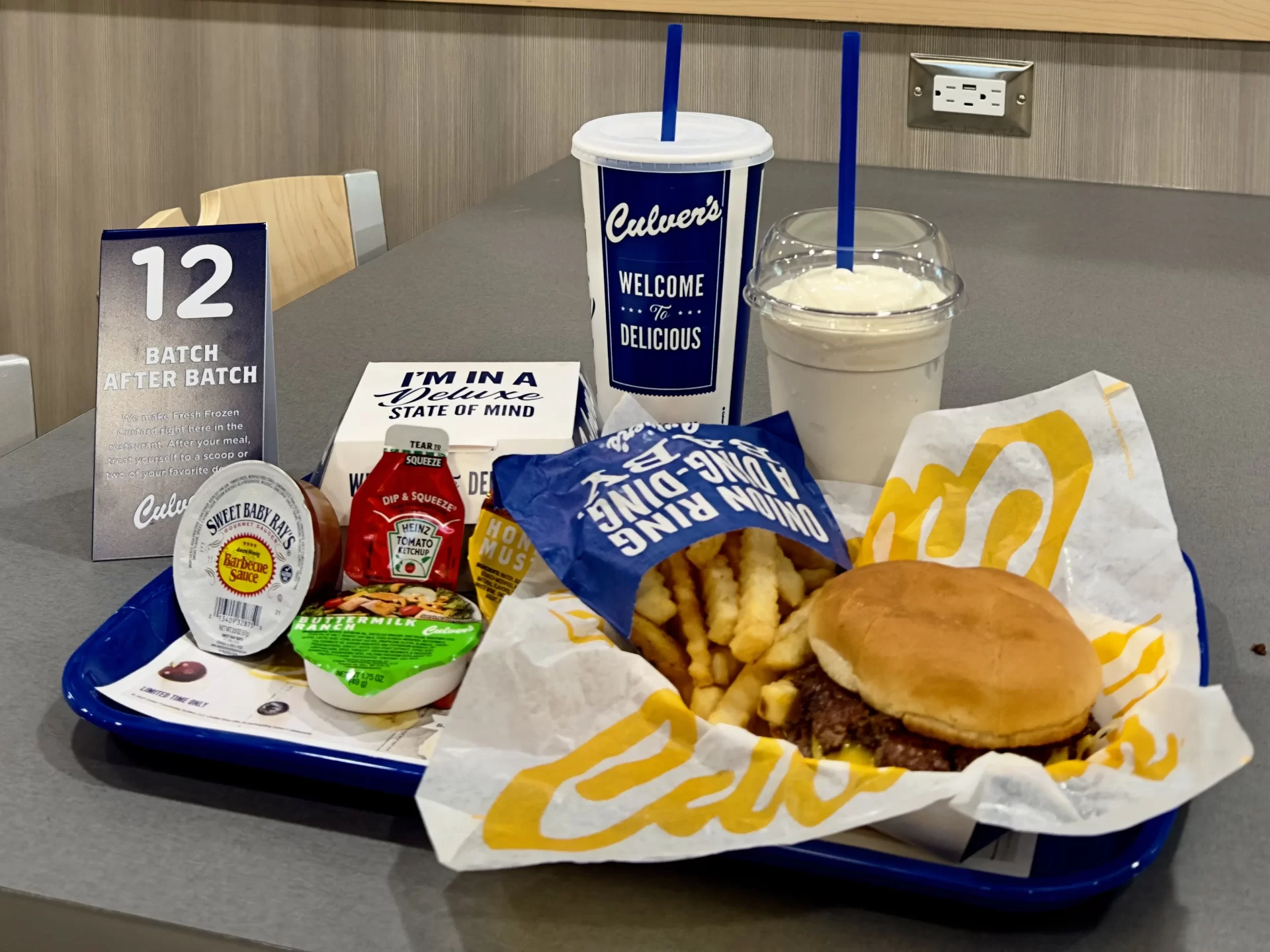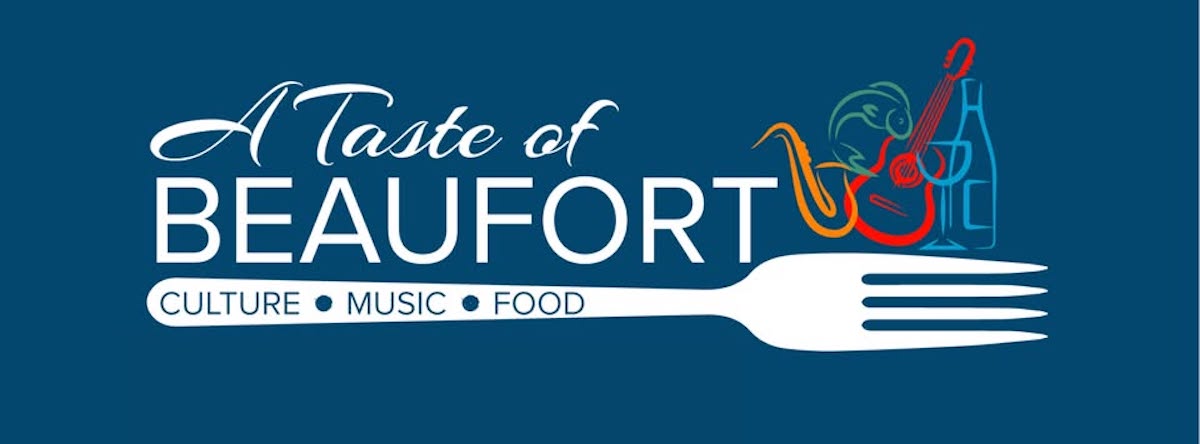Among the sea of information about nutrition is a tide of inaccuracies. It can seem challenging to know what is good for you.
Let’s debunk 10 myths so you can feel more confident regarding your nutrition:
- Eating healthy is too expensive.
It may take some planning and time in the kitchen, but eating healthy on a budget is possible. Some helpful hints include planning meals and snacks around sales and creating a shopping list. Stock up on seasonal vegetables and fruits as well as staples, such as brown rice, whole-wheat pasta, dried beans and lentils, especially when there is a sale. Consider purchasing frozen or canned fruits and vegetables as an alternative to fresh products. Be sure to check the ingredient list to avoid items with added sugars or salt. - Everyone should follow a gluten-free diet.
Unless you have celiac disease or gluten intolerance, you don’t need to avoid gluten. Gluten is the protein found in wheat, barley and rye. Whole-wheat products have great nutritional benefits, including essential B vitamins and fiber. Be mindful when manufacturers remove gluten, as additional sugar, salt or refined starches often are added to make up the difference in flavor and texture. If you follow a gluten-free diet for medical reasons, check the ingredient list and Nutrition Facts label to make sure you choose a healthy option. - Use unrefined sugars, such as honey, maple syrup or coconut sugar in place of white table sugar.
Sugar is sugar. Although unrefined sugar options may contain a small number of vitamins and minerals, the advantage is minimal. They are still considered added sugar and contribute to the recommended daily limit on added sugar in the diet. - Full-fat products equal weight gain.
The fat-free and low-fat diet trend is a thing of the past—the 80s and 90s to be exact. Yet, some people are still scared of fat. This shouldn’t be the case, as fat has beneficial functions, like protecting our organs, maintaining cell membranes, promoting growth and development, and absorbing essential vitamins. Be aware that fats aren’t created equal, though. Choose heart-healthy unsaturated fats, such as olive and canola oil, nuts, nut butters, and avocados over those that are high in saturated and transfats, such as fatty meats and high-fat dairy products. - Avoid carbs if you want to lose weight.
The low-carb diet is a fad diet that has continued to make an appearance over the years. It gives carbohydrates—fruit and whole grains included—a bad reputation. People who followed this diet have had success with weight loss, but anytime someone eliminates highly processed carbohydrates foods, such as chips, cookies, white bread and potatoes smothered in butter and gravy, they would be expected to have the same results. Any diet or eating program that eliminates an entire food group gets a red flag, as one is likely to miss out on vital nutrients. - A detox diet will clean toxins out of the body.
There’s little evidence that dietary cleanses do any of the things they promise. The fact is you don’t need to purchase a product to cleanse your body. Your liver, kidneys and gastrointestinal tract do a good job of detoxing it every day. If you’re looking to rejuvenate your body, focus on eating more whole foods, drinking water and removing highly processed foods from your diet. - You shouldn’t eat anything after 7 p.m.
While late-night snacking can lead to weight gain or prevent weight loss, it’s not because of the time on the clock. Instead, it’s about why you’re eating. It is common to reach for food for reasons other than physical hunger in the evening, whether it be a habit, boredom, or craving. Be mindful about what you eat more so than when. - Certain foods, such as grapefruit, cayenne pepper or vinegar, can burn fat.
Unfortunately, no foods burn fat, make you lose weight more quickly or increase your metabolism enough to affect weight loss. Diets that focus on single foods, like those mentioned above, are restrictive and lack nutrients the body needs. They’re also unsustainable, and any weight loss that may occur is a result of calorie restriction and will likely come back once you discontinue. - The best way to decrease your sodium intake is to stop using the salt shaker.
The 2020–2025 Dietary Guidelines for Americans recommends having no more than 2,300 milligrams of sodium per day. The average American consumes 3,400 milligrams of sodium per day. The problem isn’t as easy as taking the salt shaker off the table. Much of the excess sodium that Americans consume from their diet comes from the salts added to processed, ready-to-eat foods and restaurant meals. Limit the processed foods and enjoy freshly made, home-cooked meals. - Low-fat or fat-free products are healthier choices.
Many products labeled low-fat or fat-free contain added sugar or sodium to make up for the loss of flavor when removing or reducing fat. In addition, fat helps with satiety—making you feel fuller longer. Choosing a fat-free product to reduce calories can backfire, as you may find yourself snacking soon after.
The best advice if you want to eat healthy is to always look at the Nutrition Facts label when choosing among fat-free, low-fat and regular. Pay attention to sugar and sodium content. Choose whole foods versus processed, and make sure you are drinking enough water. If you feel you need a more specific menu, ask your health care professional for a referral to a dietitian or nutritionist.
By Allyn Wergin, R.D.N., Clinical Nutrition Services, Mayo Clinic Health System, New Prague and Le Suer, Minnesota; https://newsnetwork.mayoclinic.org/discussion/mayo-clinic-q-and-a-10-nutrition-myths-debunked/











